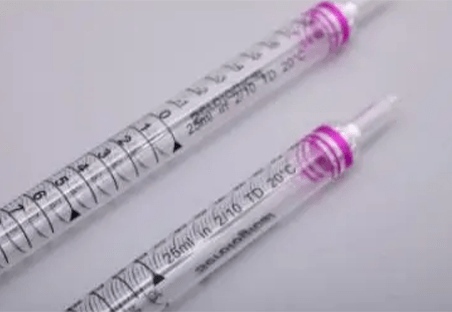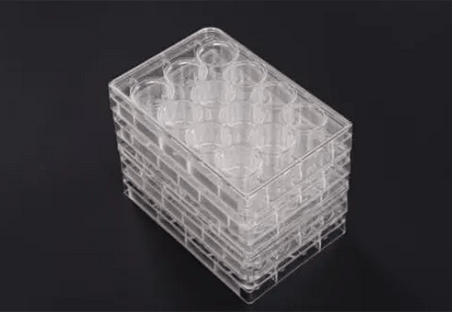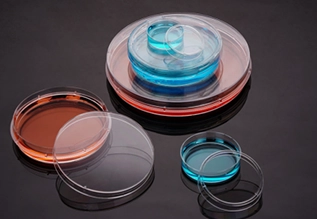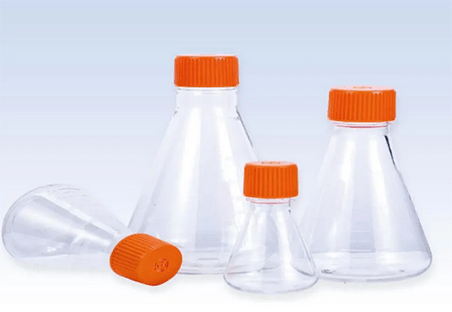ELISA microplates are powerful tools used in a variety of scientific disciplines. However, the accuracy and interpretability of ELISA results are heavily influenced by a number of key factors. This article by Scopelab provides a comprehensive guide for researchers navigating the world of ELISA. We’ll focus on three key areas: identifying potential quality issues in ELISA microplates, ensuring experiment accuracy and reproducibility, and recognizing external factors that can influence results. Understanding these aspects allows researchers to optimize their ELISA experiments and generate reliable data that supports strong scientific conclusions.
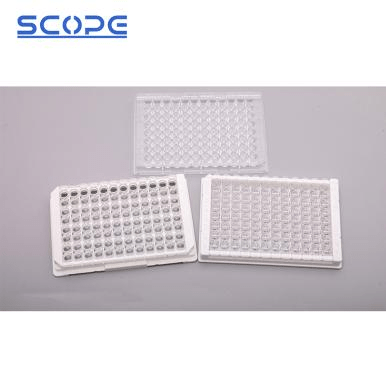
How to Identify Quality Issues in ELISA Microplates
The quality of these plates has a significant impact on the accuracy and reproducibility of experimental results. Therefore, it is critical to be able to identify potential quality issues in ELISA microplates before using them in experiments. Here’s a guide for evaluating ELISA microplate quality:
- Visual Inspection: Begin by thoroughly inspecting the microplate for signs of physical damage, such as cracks, warping, or obvious scratches. These flaws can jeopardize the well structure’s integrity and reagent distribution, resulting in incorrect results.
- Well Wall Uniformity: Use a magnifying glass or microscope to closely inspect the well walls for surface irregularities. Uneven or rough well walls can lead to uneven sample distribution, affecting antibody and antigen binding and, ultimately, skewing assay results.
- Blank Control Experiment: Conduct a blank control experiment with wells that are devoid of any reagents. If the absorbance values in the blank wells are abnormally high, this could indicate plate contamination or other quality issues. A high blank signal indicates nonspecific binding or background interference.
- Repeatability Testing: Repeat the experiment on the same microplate to ensure that the results are consistent. If the absorbance readings vary significantly between replicates, this could indicate plate quality issues. Inconsistent results may be caused by uneven good properties or manufacturing defects.
- Batch Comparison: Compare the results of the same experiment conducted with microplates from different batches. If there are significant differences between batches, it indicates that one or more may have quality issues. Inconsistencies between batches can occur due to variations in the manufacturing process or material composition.
- Manufacturer’s Quality Control Data: Examine the quality control data supplied by the ELISA kit manufacturer. This data usually includes information on intra-well and inter-plate reproducibility, which can provide useful insights into the overall quality of the microplates. If the data is outside of acceptable ranges, it raises questions about the plate’s quality.
- Technical Support Consultation: If the preceding steps fail to conclusively determine whether a microplate has quality issues, contact the manufacturer’s technical support team. They can offer expert advice and troubleshoot any persistent issues.
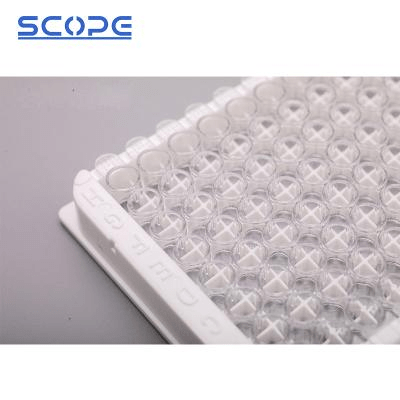
Ensuring Accuracy and Reproducibility in ELISA Experiments
To achieve accuracy and reproducibility, researchers must use a comprehensive set of measures that address all aspects of the experimental process. Here’s a detailed guide for ensuring accuracy and reproducibility in ELISA experiments.
1. Strict Adherence to Protocols
- Follow the manufacturer’s instructions meticulously: Follow all of the steps outlined in the instruction manual for the ELISA kit. To maintain accuracy, precise pipetting tools should be used and calibrated on a regular basis.
2. Optimization of Experimental Conditions
- Tailor experimental steps to lab conditions: Adjust incubation times and temperatures according to the laboratory’s specific conditions, such as temperature and humidity.
- Select appropriate reagents: Choose enzyme-labeled secondary antibodies and substrate solutions that produce the best signal intensity and background ratio.
3. High-Quality Reagents and Consumables
- Ensure reagent freshness and purity: Check that all reagents and consumables are fresh, uncontaminated, and high-quality.
- Use consistent reagent batches: Use the same batch of ELISA kits and reagents to reduce batch-to-batch variability.
4. Proper Sample Handling
- Dilute or pretreat samples appropriately: To reduce sample variability, dilute or pretreat the samples as needed for the experiment.
- Use fresh samples: Use fresh samples whenever possible and avoid long-term storage.
5. Appropriate Controls
- Include positive and negative controls: To validate the experimental system’s effectiveness, include both positive and negative controls.
- Utilize internal standards: Use internal standards to track variations throughout the experiment.
6. Rigorous Quality Control
- Assess standard curve reproducibility and accuracy: Assess the standard curve’s reproducibility and accuracy to ensure that signals are generated consistently.
- Double-check critical steps: Double-check critical steps, such as adding enzyme-labeled antibodies and mixing substrate solutions.
7. Data Recording and Analysis
- Document experimental details meticulously: Keep detailed records of all experimental conditions, operational steps, and results.
- Apply appropriate statistical methods: To assess experimental reproducibility, analyze data using appropriate statistical methods such as t-tests and ANOVA.
8. Trained and Experienced Personnel
- Ensure adequate technical expertise: Ensure that experimenters have the necessary technical knowledge and practical experience.
- Conduct regular training sessions: Conduct regular training sessions to improve experimental skills and reduce operational errors.
9. Environmental Control
- Maintain stable lab conditions: Maintain a stable laboratory environment to reduce temperature and humidity variations.
- Utilize environmental control equipment: Use environmental control equipment, like incubators and shakers, to ensure consistent conditions.
10. Contamination Prevention
- Employ aseptic techniques: Implement aseptic techniques and appropriate disinfection procedures to prevent sample and reagent cross-contamination.
- Ensure cleanliness of equipment and workspace: Maintain the cleanliness of experimental tools and workbench surfaces.
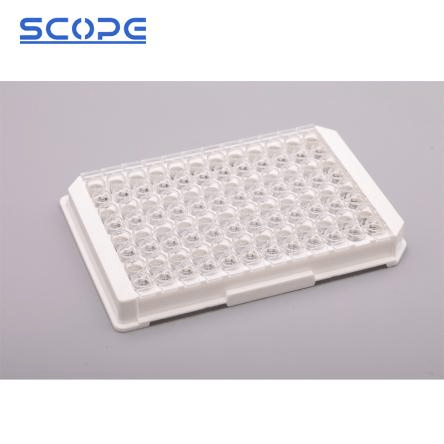
Identifying Factors Affecting ELISA Experiment Results
A variety of factors can compromise the accuracy and reliability of ELISA results, resulting in incorrect interpretations and conclusions. To ensure the integrity of ELISA data, it is critical to identify and eliminate potential sources of interference. Here’s a guide for evaluating and eliminating factors that may influence ELISA experiment results:
| 1. Sample Quality Assessment | Ensure that the samples are free of hemolysis, contamination, or other problems that could jeopardize the experiment. Hemolysis, for example, can increase nonspecific staining, resulting in inaccurate results. |
| 2. Strict Control of Experimental Conditions | Throughout the experiment, maintain strict control over parameters such as temperature, incubation time, and pH. Temperature fluctuations, for example, can accelerate antigen-antibody binding while also causing dissociation. Temperature increases the rate of enzyme reactions, but extreme temperatures can denature enzyme proteins. |
| 3. Appropriate Controls | To validate the experimental system’s effectiveness, include both positive and negative controls. Abnormal results in control groups suggest potential interference. |
| 4.Experimental Replication | To ensure that the results are consistent, repeat the experiment multiple times. Consistent discrepancies may indicate problems with experimental procedures or materials. |
| 5. Reagent and Consumable Integrity | Ensure that all reagents and consumables are fresh, not expired, and stored properly. Poor reagent quality or improper storage can produce inaccurate results. |
| 6. Exclusion of Endogenous Interfering Factors | Endogenous factors like rheumatoid factors, complement proteins, cross-reacting substances, and heterophilic antibodies must be eliminated. These factors can result in either false positives or false negatives. |
| 7. Proper Experimental Technique | To minimize human error, follow standardized experimental protocols. Variations in handling or timing can produce inaccurate results. |
| 8. Environmental Control | Temperature and humidity fluctuations in the laboratory should be controlled because they can have an impact on experimental results. |
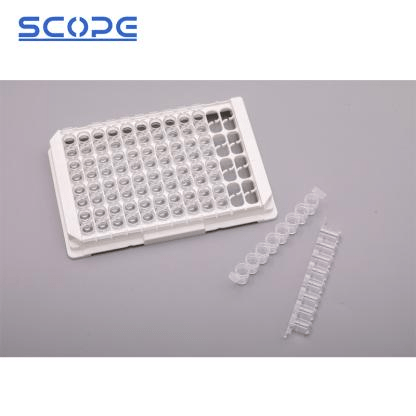
Conclusion
ELISA experiments can be extremely sensitive, and even minor variations can produce misleading results. As one of the professional lab consumables suppliers in China, Scopelab has introduced you to how to evaluate the quality of ELISA microplates, put in place measures to ensure robust and reproducible experiments, and identify potential external factors that may affect your results. By adhering to these guidelines, you can confidently conduct successful ELISA experiments and contribute valuable data to the field. Meticulous attention to detail and a thorough understanding of potential pitfalls are critical for maximizing the accuracy and reliability of your ELISA efforts.
